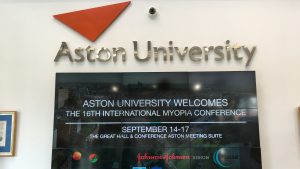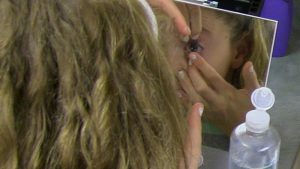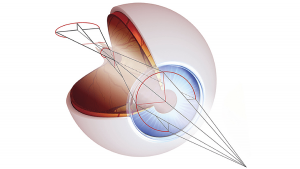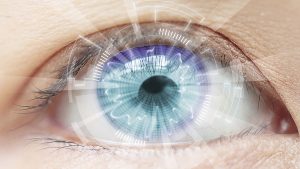Eight Myopia Mysteries (plus eight more!)
This article groups common clinical treatments in an effort to explore what we do and don’t know regarding myopia control efficacy. It highlights the need to balance the available evidence with emerging knowledge when discussing options for myopia control with patients and their carers.




















